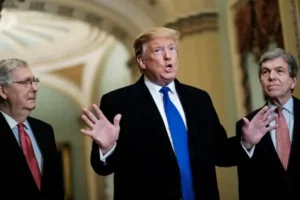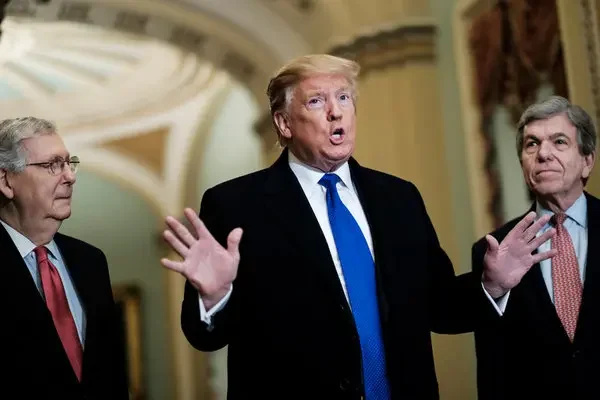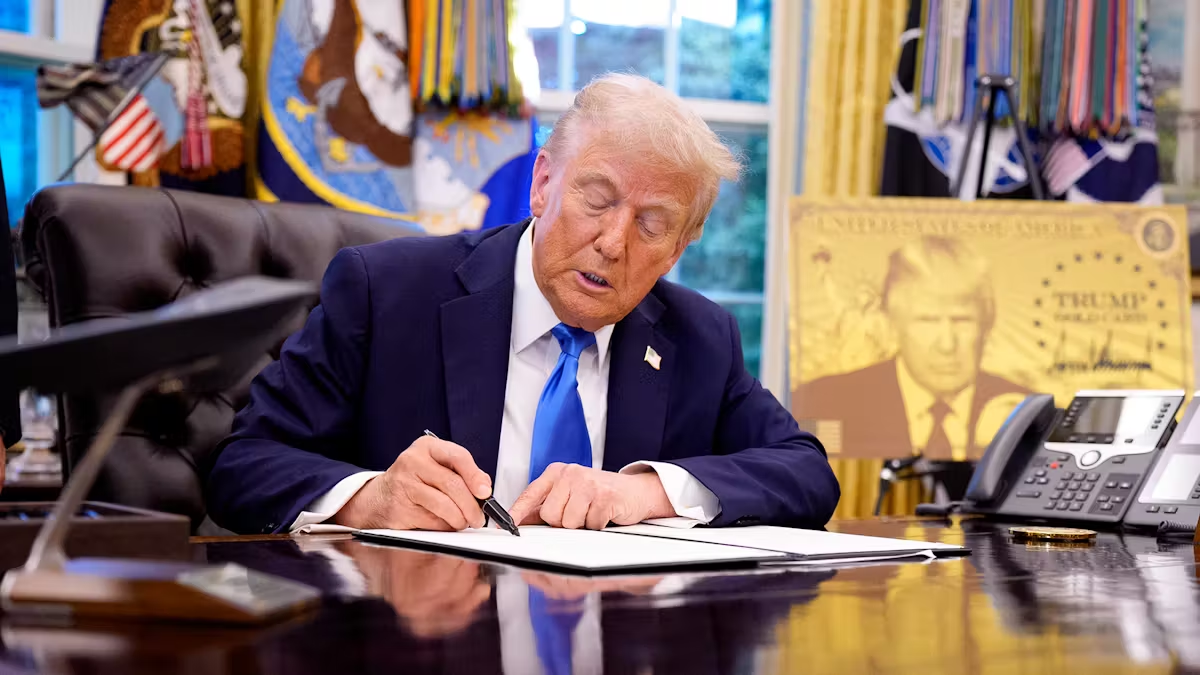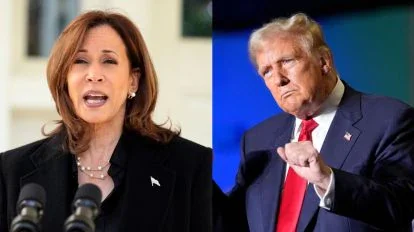Under President Trump’s tenure, economic unease appears to be rising among many Americans. Persistent inflation, concerns over future job security, and aggressive trade policies have combined to erode public confidence in the country’s financial direction.
Democratic leaders are watching these shifts closely, viewing them as potential political opening. They argue that growing discontent over the cost of living and stability could become pivotal in how voters see the current administration and upcoming elections.
While the White House often downplays economic worries, comparing today’s numbers with historical benchmarks, ordinary citizens don’t always see the big picture. For many, it’s the gap between rising prices and stagnant wages that drives frustration. Trade disruptions, tariff retaliations, and supply chain pressures add fuel to the fire, intensifying worries about what comes next.
Analysts note that when economic anxiety becomes widespread, it can shift how people vote—not just based on partisanship but on how directly their daily lives are affected. In volatile times, leadership that promises stability may gain ground. For now, Democrats are banking on economic fatigue becoming a critical issue in 2025.










